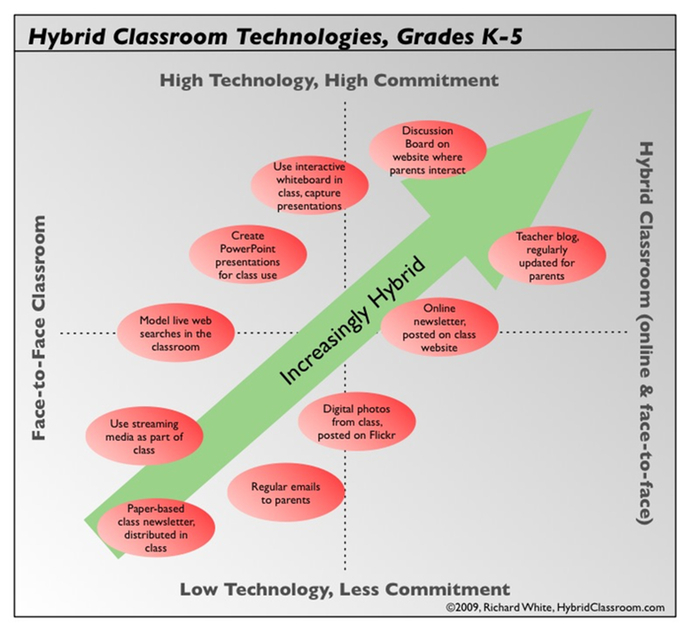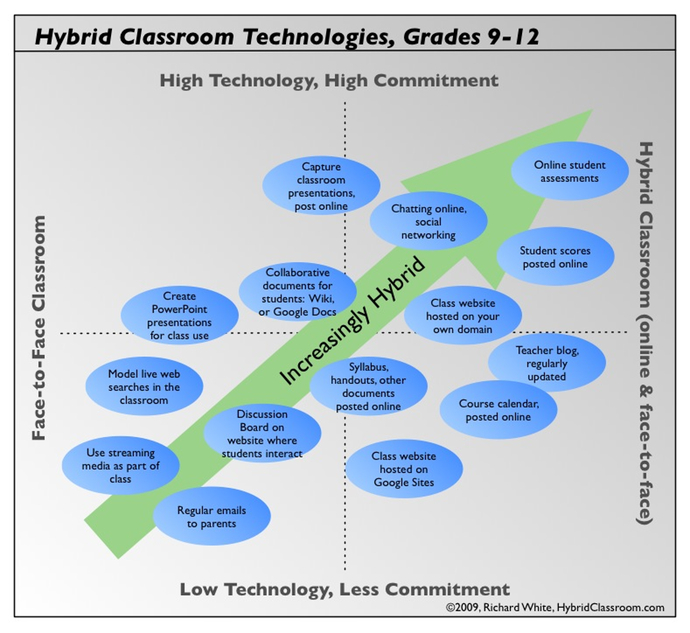Digital Transition on a Sunday Morning
Richard White
2009-10-25
True Story:
A few years ago, my good friend Brian travelled to spend the weekend with some friends of his in San Diego. He had an online business at the time, so he took his laptop with him, knowing that there would almost certainly be some spare time on the trip in which he could get a little work done.
He had a great time on Friday and Saturday, as one does when visiting friends. On Sunday morning, the three of them were slowly waking up at the breakfast table, sipping coffee, chatting. It occurred to Brian that he’d like to quickly check his email, but he didn’t want to be rude, so he left his laptop in its case.
Until…

One of his hosts piped up. “Say, you guys wanna hear something funny? There was this great op-ed piece in the New York Times yesterday…” The guy pulled out his laptop, cracked it open, clicked through to the website, and read the op-ed piece aloud as the others sipped their coffees and listened.
Now it was the second host’s turn. “Yeah, but there was a response to that in that guy’s blog. What was his name? I forget. Hang on…” A second laptop is produced, and Google is searched for the appropriate reference.
“Well, hell, if you guys are going online, you won’t mind if I check my email real quickly, do you?” The hosts just laugh, and soon, Brian has dealt with his email, and is on to flipping through his own online newspapers.
And that’s how it went. Three guys, three laptops. Coffee cups are refilled, and they chat merrily late into the morning, reading to each other from their respective “newspapers”–online newspapers, of course–and enjoying each other’s lazy Sunday morning company.
It’s a true story. Technology growth and networking change the media with which we interact, but they don’t change the fundamental nature of that interaction. The kid with the string-and-tin-cans became the kid sharing his parents’ phone line, who became the kid with his own fixed line, who became the kid with a cellphone, who became the kid who can send a text message like he can breathe. But they’re all just kids, trying to hang out with their friends. And there really isn’t anything surprising about that, is there?
Say it with me: “We’re going to continue to transition technologically, and we’re all going to be okay!”

